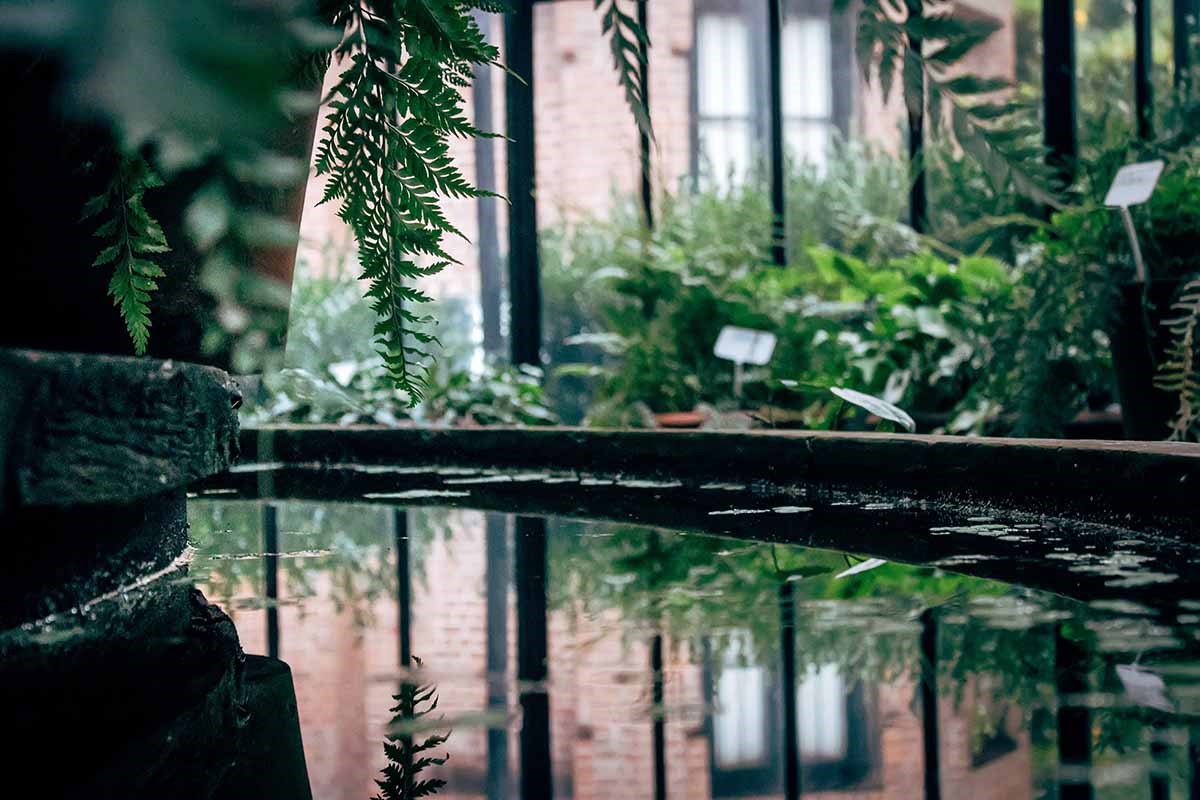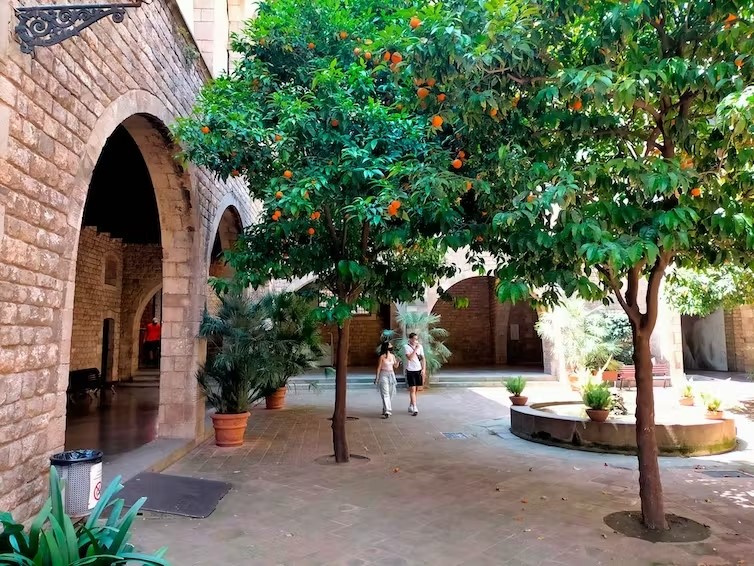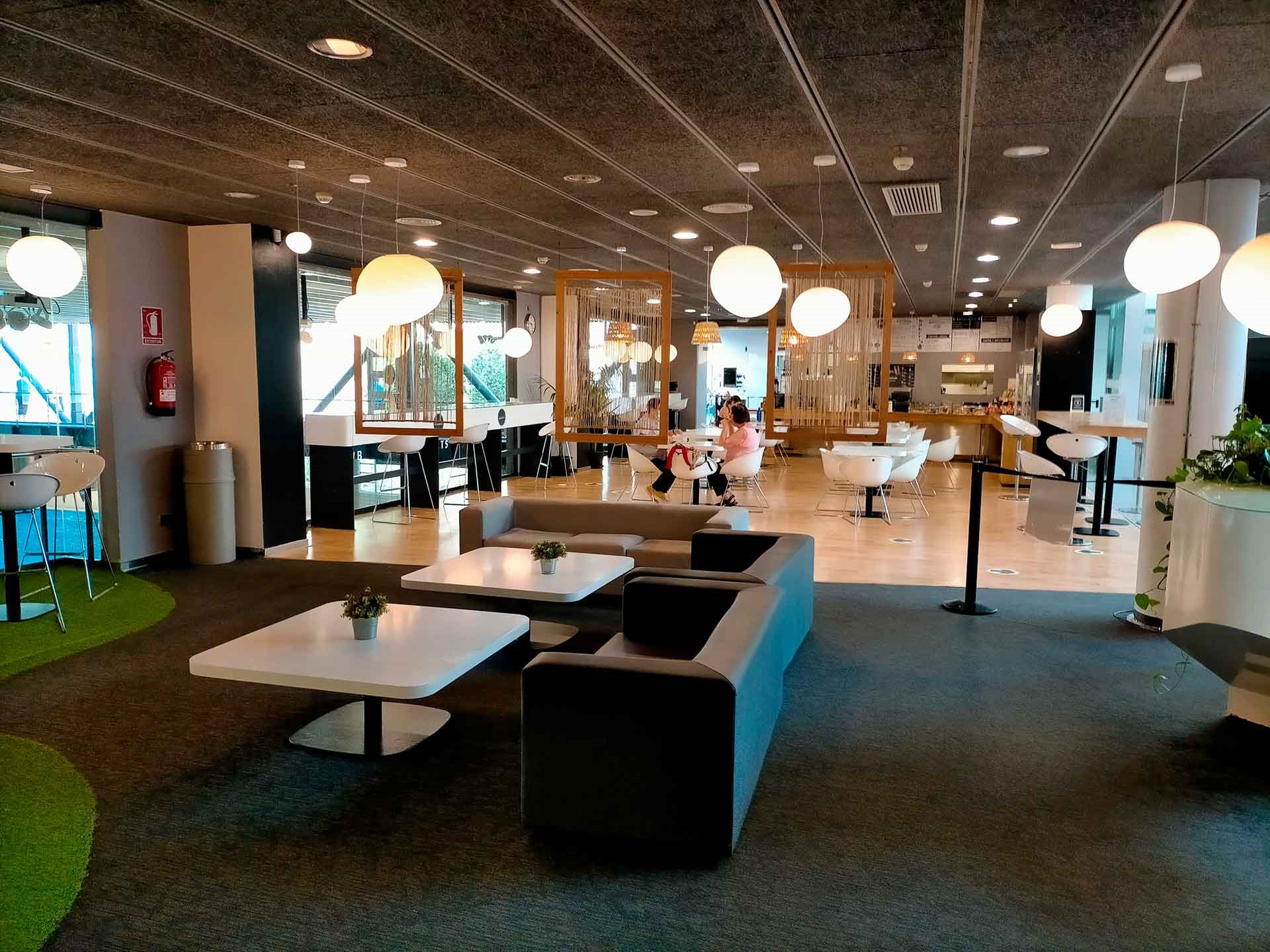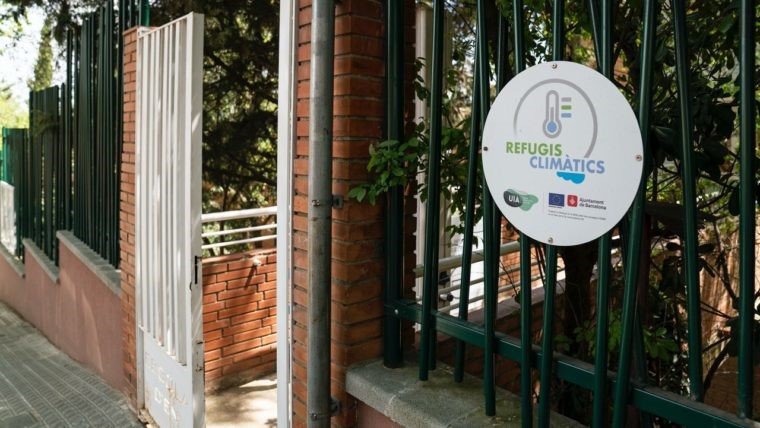
How could we create the perfect climate shelter?
25 of January of 2024
In the northernmost latitudes of the world, where winters last many long months and there is little warmth from the sun, it takes Inuit only a few hours to build an igloo. These constructions serve to break the wind and stabilize temperatures, with the blocks of ice able to keep the air above 0°C, even if the thermometers outside show much lower limits.
For the Inuit, igloos function as spaces in which to protect themselves during hunting seasons when they are away from home and exposed to storms and cold temperatures. But you don’t have to travel all the way to the Arctic to need places to escape the cold (or the heat). In recent years, the consequences of climate change have led some cities and towns to fill their streets with so-called climate shelters.
What is a climate shelter?
Climate shelters are open-access places with the conditions to protect us from extreme temperatures, whether excessive cold or excessive heat. A good example of a climate refuge in which to escape the heat is a park or a forest, where the shade of the trees and the vegetation help the temperatures to drop considerably. It is estimated that in the Carlos Thays Botanical Garden in Buenos Aires, for example, the temperature is on average 4.8°C lower than in the surrounding neighborhoods.

Fountain in the Botanical Garden of Buenos Aires. Edi Libedinsky (Unsplash)
Climate shelters can also take the form of buildings. Indeed, increasing attention is being paid to indoor urban climate shelters, which provide protection from both the cold of winter and the heat of summer. Numerous cities, including Barcelona and Bilbao, have included the creation (or signposting) of these climate shelters in their urban plans in recent years.
Although the possibility of building new infrastructure is occasionally raised, the idea surrounding the concept of a climate shelter is more related to using spaces that already exist. Such spaces include libraries, schools, museums, civic centers or transport stations. These buildings (often public) can dedicate part of their facilities to welcoming those who need shelter, on an occasional or recurring basis, from the heat or cold.
The key elements to a good climate retreat
We might think of a climate shelter as simply a freely accessible place where temperatures are pleasant. However, the concept goes further than this. Different initiatives combining the work of architects, urban planners, climatologists and citizen collaboration have been defining what is really needed in these spaces and shaping, at least theoretically, the ideal climate shelter.
These are the characteristics that a good climate shelter should have according to the guidelines offered by Barcelona por el Clima or the Barcelona Laboratory for Urban Environmental Justice and Sustainability, among other entities:
Heated interiors or shaded exteriors. The Barcelona Climate Shelter Network recommends that indoor spaces should be kept at a maximum temperature of 27°C in summer and a minimum temperature of 19°C in winter. This ensures thermal comfort while limiting energy consumption. If the shelter is located outdoors, it is important to have shade, lots of vegetation and water sources, so that the temperature is regulated naturally.

Climate refuges with shade and vegetation. Barcelona por el clima.
Combining technology and nature. As far as possible, it is important to combine and optimize the temperature control options offered by machines and nature itself. Technologies linked to renewable energies such as solar panels and nature-based solutions such as green facades help limit the use of fossil fuels and thus prevent greenhouse gases from continuing to make our climate more extreme.
Open 365 days a year. Climate shelters should be available throughout the year, especially during the coldest and hottest months. It is common for public spaces such as libraries or schools to close or open for reduced hours during holidays or the summer months. This can pose a problem for the most vulnerable, who have no other options to escape the cold or heat.
Free, accessible and comfortable. Climate shelters should be available to anyone at no cost, but should also seek to involve the whole of society, transcending any language and cultural barriers. They must also be accessible to people with limited mobility (such as the elderly, who are particularly affected by extreme temperatures) and offer comfortable seating areas equipped with sofas, chairs and benches.

A rest space in a library. Barcelona por el clima.
Water must be available. One of the aims of climate shelters is to move away from other solutions that allow us to escape from extreme temperatures, such as stores, bars or cafés. All of these have a common denominator: you need to pay to play. Climate shelters seek to be welcoming without asking users for anything in return, offering water free of charge. This latter aspect is especially important in summer, when staying hydrated is essential to withstand the high temperatures.
Located everywhere for everyone. Parks and indoor climate shelters should be distributed throughout city neighborhoods, with special attention to those where the most vulnerable people live. A network of weather shelters is considered complete when all city residents have one available within a few minutes’ walk of their homes and workplaces. These shelters should also be signposted so that locals and tourists alike can easily identify them.

Sign of climate shelter in Barcelona. Barcelona por el clima.
Attractive and active places. The Barcelona Laboratory for Urban Environmental Justice and Sustainability suggests that a good climate shelter should offer leisure, social and cultural activities that can be enjoyed both individually and with family and friends. These spaces should also be available for pets.
Multifunctional and flexible spaces. One of the basic elements of climatic shelters is that their spaces can be used for different purposes at the same time. For example, a cultural center can place sofas and chairs in an exhibition hall, and a park can function both as a climate shelter and as a space to host outdoor concerts. This helps these places to be seen as attractive and dynamic spaces.
Last but not least, climate shelters must be integrated into the city’s overall strategy. In Spain, the pioneer in creating a network of climate shelters was Barcelona. In 2022, the city already had more than 200 climate shelters and this number has continued to grow. It is followed on the list by others such as Bilbao, which has also initiated a plan to help residents and tourists protect themselves from the coldest and hottest days of the year.





There are no comments yet